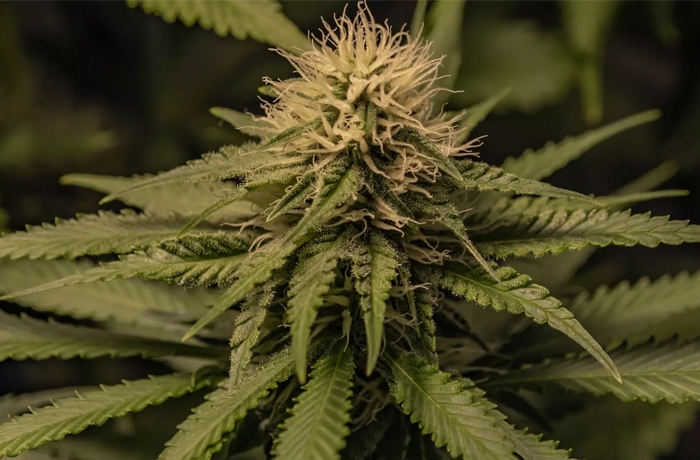Afghani Genetics
Afghani is a cornerstone genetic for the product ranges of major seed banks and the activities of renowned breeders worldwide. Afghan strains possess that characteristic stability and incredible resilience that allows them to thrive even in harsh climates. In its essence, Afghan indica is the progenitor of all the indica strains known today, which carry on its legacy to varying degrees. Cultivated in Afghanistan, Uzbekistan, Tajikistan, Pakistan and, of course, India, this representative of ancient strains continues to capture the hearts of devoted admirers and connoisseurs.

History
Afghanistan, known as the crossroad of civilizations, has been the cradle of cannabis cultivation and consumption culture for centuries. Afghan landraces, discovered by researchers in the 1960s on the mountainsides and valleys of the Hindu Kush, Balkh and Kunduz provinces, have ancient origins dating back to the Silk Road era. The story of how cannabis first came to Afghanistan is shrouded in mysteries and legends. We do not know exactly when this plant became widespread in the country, but most botanists consider Afghanistan to be the birthplace of cannabis – a plant of exceptional genetic potential. From here, with the help of nature and man, it spread throughout the world. Afghan landraces are considered the progenitors of all other landraces on other continents, which in their turn are the predecessors of all strains known today. It was probably in Afghanistan that people first produced hashish. Moreover, the Afghans were the first to sift the dry flowers instead of rubbing them to obtain this fragrant concentrate. In the mid-1980s, Afghan landraces made their way to the Netherlands, marking the beginning of modern cannabis breeding – a process of crossing thousands of strains and making incredible discoveries.

Genetic Features
The resilience and adaptability of Afghan genetics has provided a solid foundation for modern cannabis breeding. In addition to excellent resistance and stability, Afghan indica is a compact, low-profile, and bushy plant. Branches grow upwards at a 45-degree angle, creating a rounded shape that is often wider than tall. The color of the leaves is dark-green, bordering on shades of black, blue, and purple. The leaves are quite fleshy, short, and wide. These plants thrive in rough mountain climates with extremely high daytime temperatures and freezing nights, scorching sun and strong winds. Flowering takes about 8-9 weeks. The buds are dense, hard, compact and frosty white with sticky trichomes saturated with cannabinoids and terpenes. Perfectly adapted to mountainous conditions, these cannabis plants are considered some of the hardiest and most resilient in the world. The genetic diversity of Afghan landraces varies depending on the region of cultivation, making it difficult to identify a specific landrace. What makes them truly Afghan is the multitude of common traits, as well as significant similarities in flavor, aroma, and effect. The effects of Afghan cannabis are characterized by a powerful physical influence, relaxing the body and making the legs weak; for people used to milder strains or sativas, it borders on a stoned sensation. The flavor of Afghan indica is spicy and slightly pungent, rich in earthiness and quite sweet on exhalation.
Prospects and Product Range
Despite the thousands of new strains that are constantly being developed and released, the modern cannabis breeding market shows a constant interest in potent strains, mainly for recreational purposes. In a genetic context, Afghan indica guarantees the preservation of its key traits of stability and resilience, which are often lacking in new-generation hybrids. This underlines the demand for Afghan genetics among breeders worldwide and the confidence in its use for many years to come. The product range of the KADAMA seed shop includes dozens of super-successful and outstanding Afghan indica-based hybrids, and their number is sure to increase.
![[``]](/wa-data/public/site/themes/kadama/img/kadama_logo.svg)




